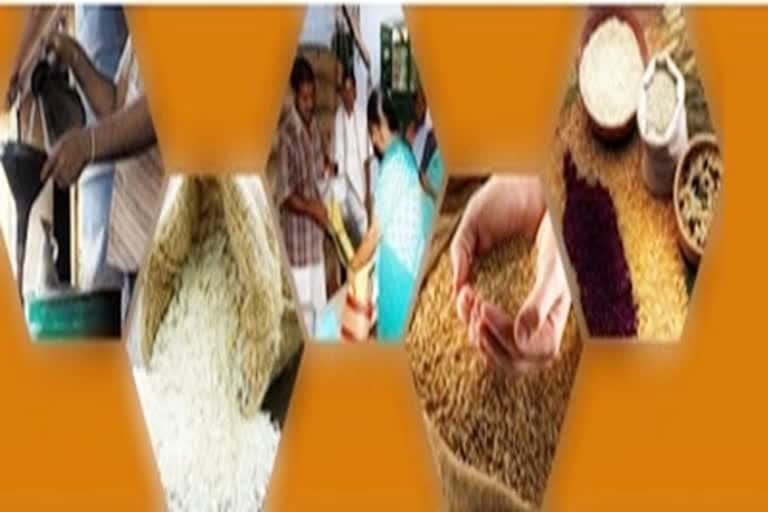Hyderabad (Telangana):According to Food and Agriculture Organization (FAO) and World Food Programme (WFP), looking at the outlook period of March–July 2021, there are 20 countries and situations where there is a likelihood of further deterioration in acute food insecurity, due to multiple drivers of hunger that are interlinked or mutually reinforcing.
These are primarily conflictingdynamics, economic shocks, the socio-economic impacts of COVID-19, weather extremes and the diffusion of plant pests and animal diseases.
A specific group of hotspots – Afghanistan, Burkina Faso, the Central African Republic, the Democratic Republic of the Congo, Ethiopia, Haiti, Honduras, Nigeria, Sudan, South Sudan, the Syrian Arab Republic, Yemen and Zimbabwe – are particularly concerning due to the scale, severity and trends of the existing food crises.
In some areas of these countries, parts of the population are experiencing a critical hunger situation, with extreme depletion of livelihoods, insufficient food consumption and high acute malnutrition. In such fragile contexts, any further shocks could push a significant number of people over the brink and into destitution and even starvation.
READ: Food and medicine shortages hit Cuba, may lead to new economic crisis
Yemen, South Sudan and northern Nigeria represent the highest alert level for this outlook period due to a combination of factors resulting in a risk of famine.
In South Sudan’s Jonglei state and certain areas in Yemen – people are already facing famine-like conditions. These factors include high percentages of the population living in Emergency (IPC Phase 4) food insecurity, heavy constraints to humanitarian access, and a likelihood of worsening food insecurity levels due to conflict, economic blows and climate shocks.
Urgent and at-scale targeted humanitarian action is needed to prevent hunger or death in these most at-risk situations and to safeguard the most vulnerable communities.
Upcoming trends of food insecurity drivers
Conflict risks -Conflict risks Conflict or other forms of armed violence are likely to increase in parts of Afghanistan, the Central African Republic, the Central Sahel, Ethiopia, northern Nigeria, northern Mozambique, Somalia, South Sudan and Sudan.
